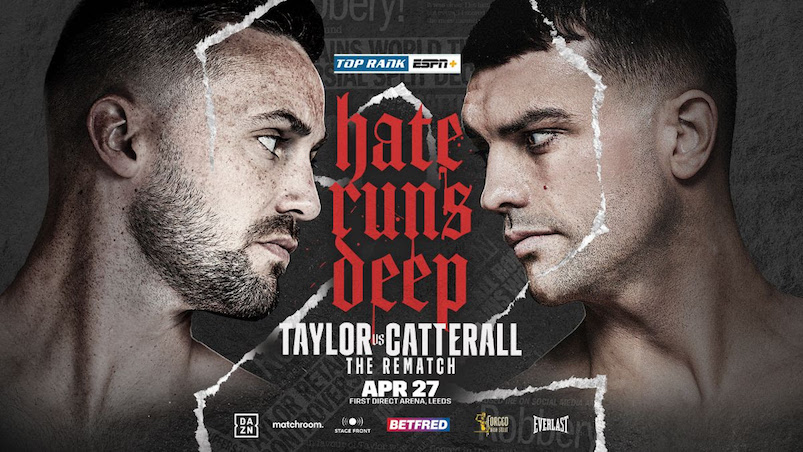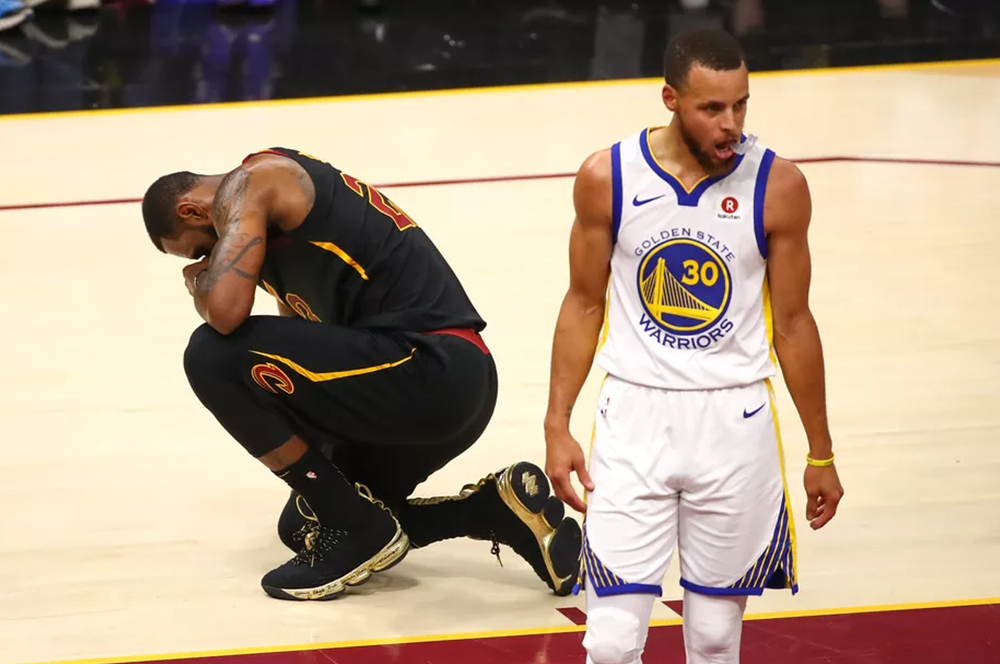James was once considered the platonic ideal for unselfishness. Now, it’s Curry — for an entirely different reason.
The year was 2007, before President Barack Obama and before President Donald Trump, before Instagram, before algorithms changed how we see the world. LeBron James, standing at the top of the key in Game 1 of the Eastern Conference Finals against the Detroit Pistons, was about to commit the cardinal sin of the times: he was about to make the right basketball play.
With 12 seconds remaining, and the Cavs down by two points, James cut into the teeth of the paint. As he was met by three defenders, he kicked the ball to Donyell Marshall in the corner, who clanked a wide-open three. The Pistons escaped with a win.
After the game, TNT analyst Charles Barkley said, “I’ve got a problem with the best player on the floor not taking any of these shots down the stretch. If I’m the best player on the court, I’ve got to get a shot. That’s not a criticism, that’s a fact.”
Jon Barry, a former NBA player and an announcer for ESPN, added, “LeBron should have shot the ball at the end of Game 1.”
ESPN’s Chris Sheridan toed the line in his post-game column, but concluded “it didn’t feel right.”
The play fed into the idea that he was afraid of the moment, a perception James — basketball’s closest thing to an artificial intelligence machine — fought against for the first 10 years of his career.
How quaint.
In the end, James stayed true to principles and was eventually vindicated. For all the criticism DeMar DeRozan caught in the playoffs, very little of it had to do with the fact that he passed up two-game winning attempts to Fred VanVleet in Game 1 of the Raptors series against the Cavs.
But the analytics movement didn’t only make quick work of a notion that was gospel just a decade ago. The Warriors, with Stephen Curry at the helm, pushed the definition of unselfish play so far that today, James’ plodding, ball-dominant style almost feels like an anachronism.
Ball-dominant stars have a too-big-to-fail aura these days. They explode and fizzle out ala Russell Westbrook, or get worn down and injured, like James Harden and Chris Paul. James isn’t either of those guys. The world’s best basketball player is more durable and intelligent, coming off the best run in his playoff career. But he is no longer the sport’s platonic ideal.
In the NBA Finals, James averaged 111 touches per game, twice as many as the next Cavalier, Kevin Love, while Draymond Green’s 89.3 touches per game inched out Curry. Beyond Curry’s unique ability to create more space with the threat of his jump shot, he still lets go of the throttle more than a lot of stars would.
In the regular season, Curry averaged a point per minute when Durant wasn’t on the floor. He summons the beast when he needs to. But he’s also fine being a bit player, winning three titles and not one Finals MVP, pushing the idea of unselfish basketball to its logical extreme: from creating a shot for others to not touching the ball in the first place. Curry now carries the torch for unselfish superstar play, its gifts (letting his teammates carry him) and its criticisms (being too small a presence in tight moments).
Before the pile-on continues, consider a staggering thing: James, raised in the era of the Jordan-esque alpha dog, was so distinctly modern that it took 15 years — the same amount Carmelo Anthony, for example, has played — for his game to start feeling old-fashioned.
The sheer mathematics of James’ greatness made putting the ball in anybody else’s hands implausible. In an era where the perils of carrying a heavy load weren’t clear, things naturally funneled to him. And James is at his best around floor-spacers, so some of his most dynamic teammates have been flattened into spot up shooters (see: Kevin Love). James’ teammates fill roles and play strictly within them. Improvisation and creativity is delegated to him, and to great success.
There’s also the matter of ego: when James’ teammates over perform, everyone in the arena gives him credit. To be James’ teammate is to perennially contend for championships, but the rub is never getting credit for your own accomplishments, no matter how many times James brings your name up in a press conference. What effect does that have on a team? On a star?
With James’ free agency pending, it’s worth considering what kind of players he can productively coalesce around. How does he fit with Chris Paul and James Harden, for example? It’s hard to imagine Ben Simmons and James existing on a court together. Is he better off trying to build a team around low-usage players like Lonzo Ball and Paul George?
James undoubtedly makes his teammates better (see: eight straight Finals trips) but he’s always been better at raising the game of role players than his fellow stars. This is more relevant now than it was earlier in his career, before the only way to win a championship was to stack the deck.
Ironically, one reason James’ ball dominance has been under fire lately is because he got the superteam ball rolling in the summer of 2010 when he signed with the Miami Heat. In the intervening years, low-maintenance stars who maximize the talent of their best players have become more and more valuable.
LeBron James is the biggest free agent this summer, but Steph Curry remains the best recruiter.



